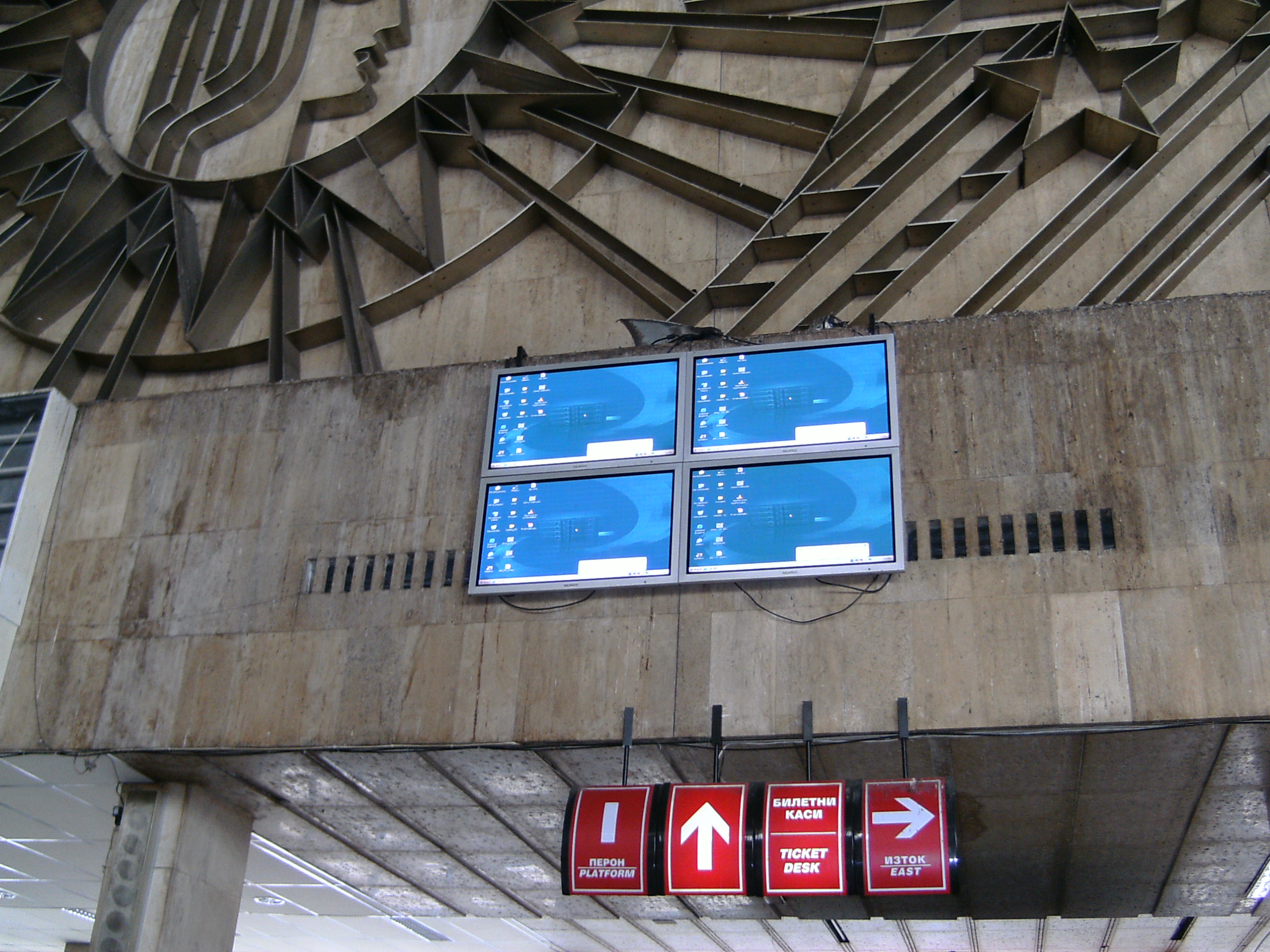Secure Access Control Systems for Agricultural Facilities
페이지 정보

본문
Access control systems play a vital role in ensuring the safety and readiness of agricultural facilities. These systems are designed to protect vulnerable agricultural assets, such as animals, from theft. In this text, we will discuss the various types of security control systems used in secure agricultural facilities.
 1. Biometric Access Control Systems
1. Biometric Access Control Systems
Behavioral access control systems use special physical or biological characteristics to authenticate individuals. In agricultural facilities, facial recognition are commonly applied. These systems are extremely secure and inert to tampering, making them an excellent choice for high-end agricultural facilities.
2. Smart Card Security Systems
token access control systems use a compact card or fob that holds secured information. This information is then verified against a record to enable or restrict access. Smart cards can be implemented to control access to personal areas or buildings within an agricultural facility.
3. Radio Frequency Identification Systems
Radio-frequency identification access control systems use radio waves to recognize and confirm individuals. RFID tags are fixed to the individual's credentials or identification, and these are then scanned at access points to allow access.
4. Number Sequence Systems
Keypad access control systems use a alphanumeric code to grant access. These systems are often situated in smaller agricultural facilities and offer a budget-friendly solution for managing access. However, they can be sensitive to guesswork attacks.
5. Combining Access Control Systems
Numerous agricultural facilities use a combination of access control systems to attain optimal security. For example, a facility may use a password system at the main entrance and biometric access control at sensitive or secure areas. By mixing different systems, facilities can adapt their security protocols to their unique needs.
6. Integration with Other Security Systems
Modern access control systems can be linked with other security systems, such as camera systems and средства принудительной остановки intrusion detection. This allows facilities to develop a comprehensive security plan that addresses multiple vulnerabilities and deficiencies.
When picking an access control system for an agricultural facility, it is necessary to consider factors such as cost, user-friendliness, and scalability. The system should also be created with the unique security needs of the facility in mind. By implementing a robust and linked access control system, agricultural facilities can protect their assets, mitigate risk, and guarantee the security of employees and livestock.
 1. Biometric Access Control Systems
1. Biometric Access Control SystemsBehavioral access control systems use special physical or biological characteristics to authenticate individuals. In agricultural facilities, facial recognition are commonly applied. These systems are extremely secure and inert to tampering, making them an excellent choice for high-end agricultural facilities.
2. Smart Card Security Systems
token access control systems use a compact card or fob that holds secured information. This information is then verified against a record to enable or restrict access. Smart cards can be implemented to control access to personal areas or buildings within an agricultural facility.
3. Radio Frequency Identification Systems
Radio-frequency identification access control systems use radio waves to recognize and confirm individuals. RFID tags are fixed to the individual's credentials or identification, and these are then scanned at access points to allow access.
4. Number Sequence Systems
Keypad access control systems use a alphanumeric code to grant access. These systems are often situated in smaller agricultural facilities and offer a budget-friendly solution for managing access. However, they can be sensitive to guesswork attacks.
5. Combining Access Control Systems
Numerous agricultural facilities use a combination of access control systems to attain optimal security. For example, a facility may use a password system at the main entrance and biometric access control at sensitive or secure areas. By mixing different systems, facilities can adapt their security protocols to their unique needs.
6. Integration with Other Security Systems
Modern access control systems can be linked with other security systems, such as camera systems and средства принудительной остановки intrusion detection. This allows facilities to develop a comprehensive security plan that addresses multiple vulnerabilities and deficiencies.
When picking an access control system for an agricultural facility, it is necessary to consider factors such as cost, user-friendliness, and scalability. The system should also be created with the unique security needs of the facility in mind. By implementing a robust and linked access control system, agricultural facilities can protect their assets, mitigate risk, and guarantee the security of employees and livestock.
- 이전글What Everybody Ought to Know about Deepseek 25.03.22
- 다음글영웅의 여정: 도전과 희생의 이야기 25.03.22
댓글목록
등록된 댓글이 없습니다.